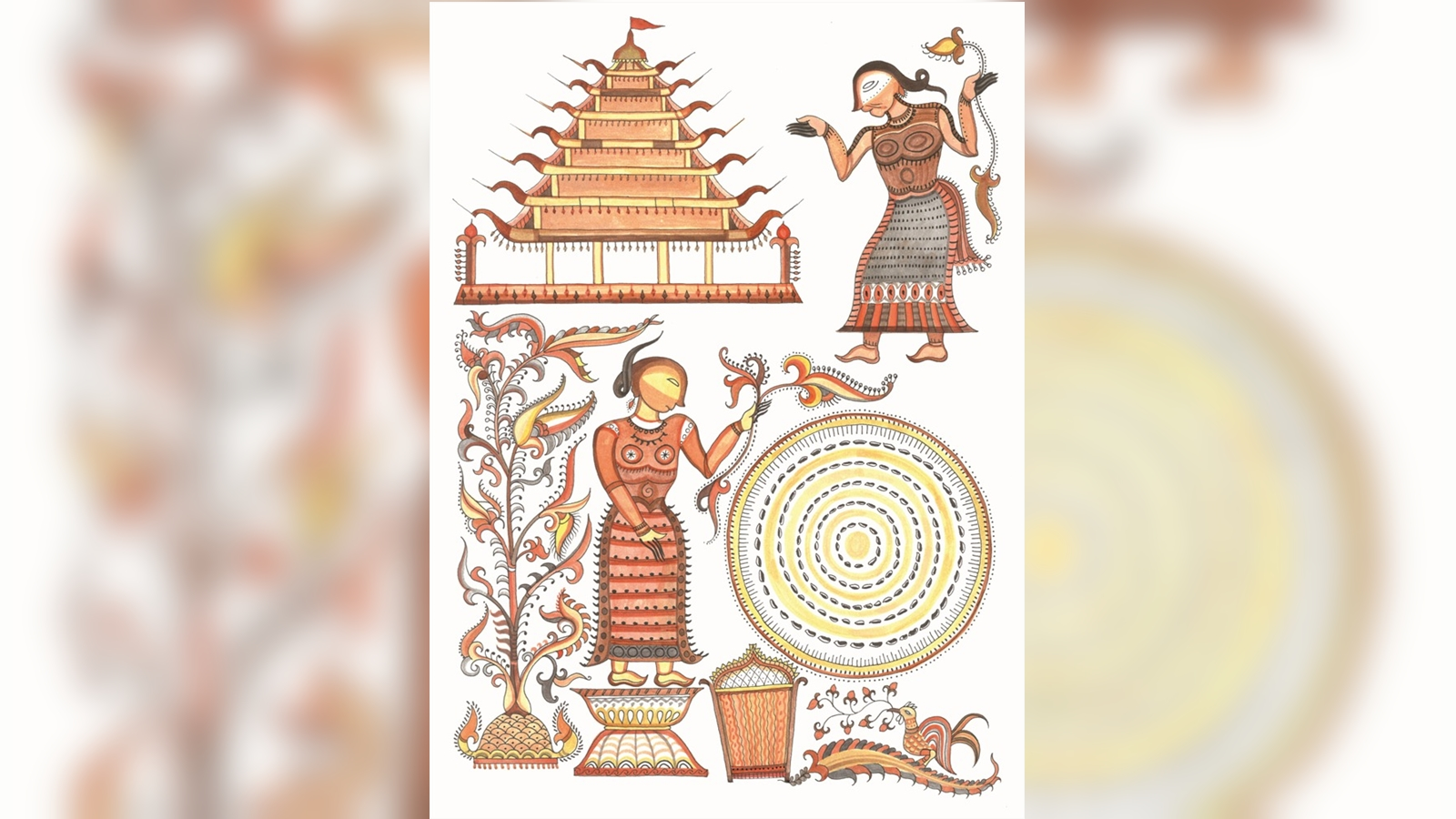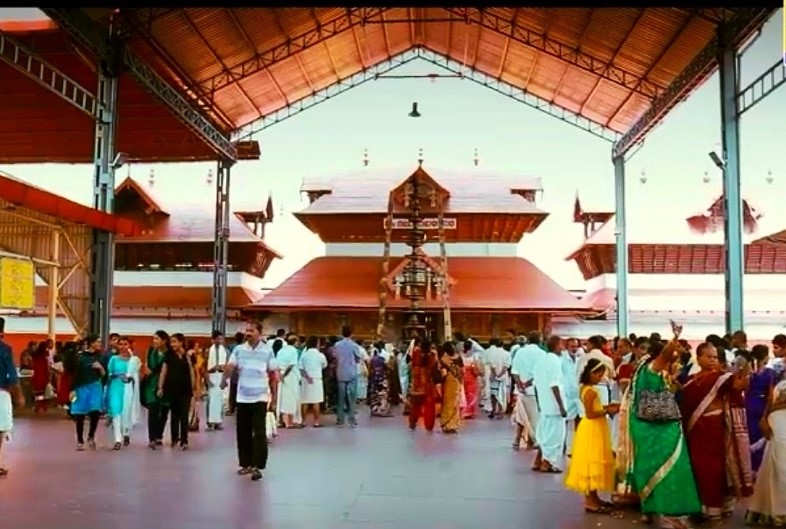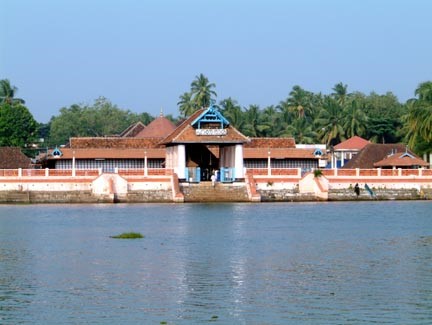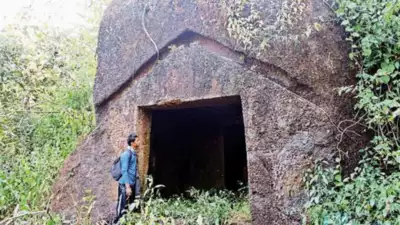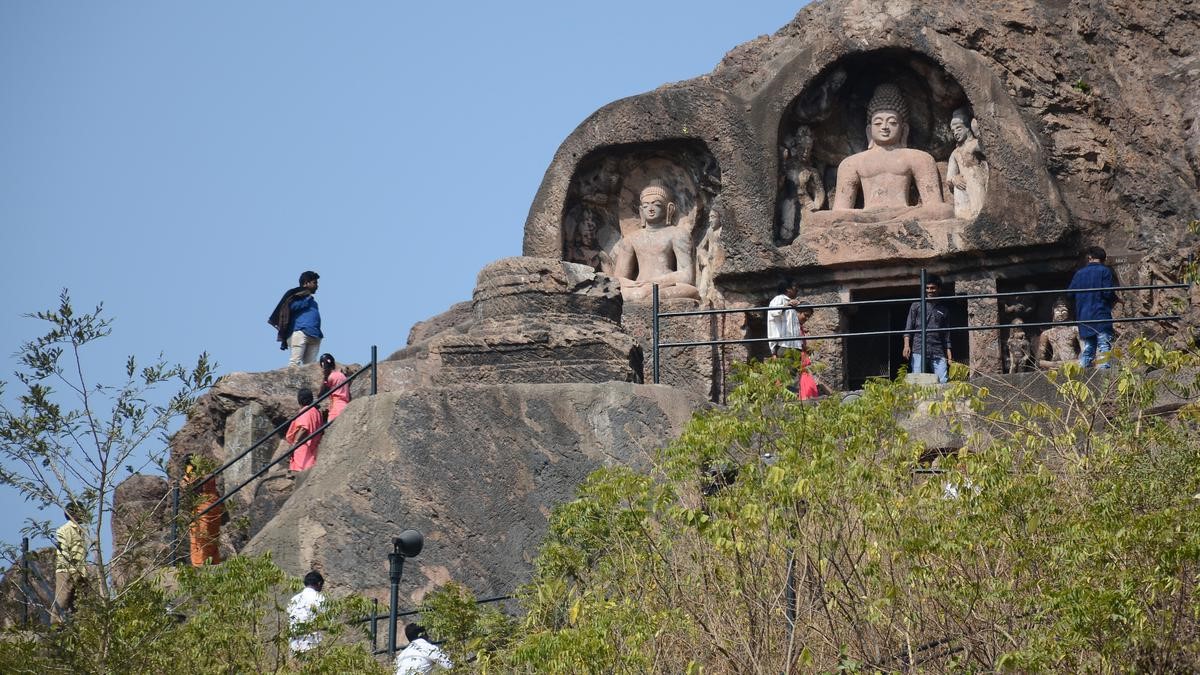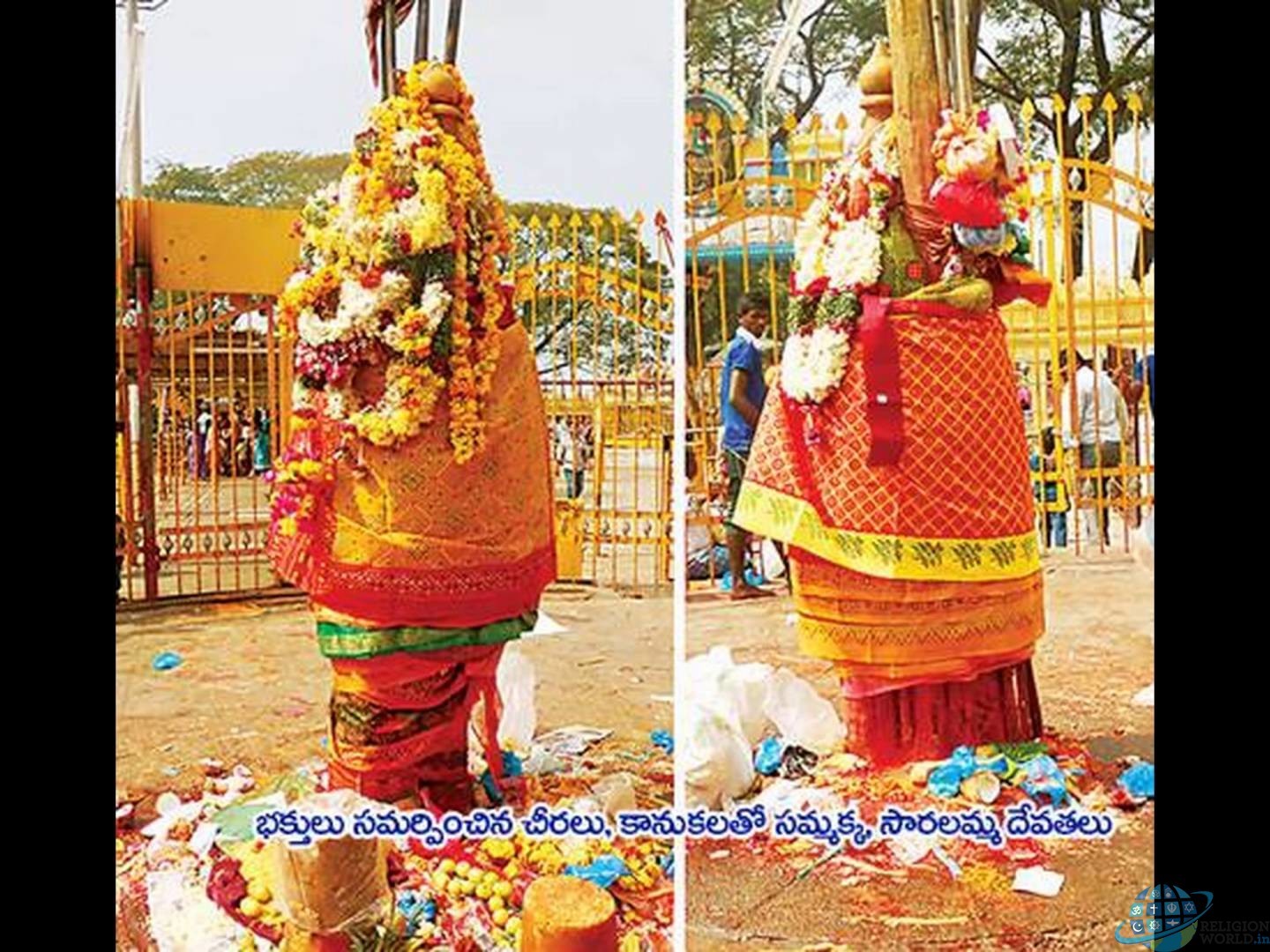Description
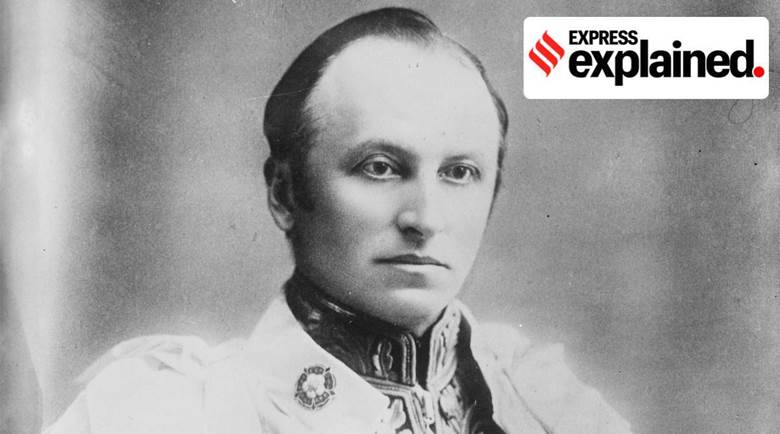
Copyright infringement is not intended
Context: The 119-year-old Curzon Gate in Bardhaman in West Bengal is at the centre of a political row after it emerged earlier this week that the Trinamool Congress (TMC)-run Bardhaman municipality has decided to erect a statue of Bardhaman’s Maharaja Bijay Chand Mahatab and his wife Radharani in front of the city’s prominent landmark.
Details:
- Politicians, historians, and heritage experts have questioned the ruling party’s decision, with some claiming that the statutes would block the view of the structure, which was built by Mahatab in 1903, when Lord Curzon, then Viceroy of India, visited Bardhaman.
- Of all the Viceroys of India, Curzon is possibly the most criticised — he is the man who partitioned Bengal in 1905, and triggered a wave of Bengali nationalism that contributed to the wider Indian national movement.
- He was also one of the more openly imperialist of viceroys, and a man who saw Britain’s rule over India as critical to the survival of empire.
- In 1900, Curzon famously stated, “We could lose all our [white settlement] dominions and still survive, but if we lost India, our sun would sink to its setting.”
Who was Lord Curzon?
- George Nathaniel Curzon was a British conservative politician who was educated at the elite institutions of Eton and Oxford.
- He served as Under-Secretary of State for India (1891-1892), and for Foreign Affairs (1895-1898), before being appointed Viceroy of India in 1899.
- As viceroy, his administration was known for intense activity and emphasis on efficiency.
- Curzon created a separate Muslim majority province of the North-West Frontier Province, sent a British expedition to Tibet, established a separate police service, and established the Archaological Survey of India, in order to study and protect historical monuments.
- Early on in his career, Curzon earned some praise from his colonial subjects, notes Sumit Sarkar, for taking action against Europeans in a number of high-profile racist attacks against Indians.
- In 1899, he punished white soldiers for raping a woman in Rangoon; he disciplined soldiers of the 9th Lancers for beating an Indian cook in Sialkot to death in 1902; and he tried unsuccessfully to get the Calcutta High Court to change the meagre punishment given to an Assam tea manager for murdering a “coolie”.
- Curzon was both vexed and enraged by the growing nationalist movement in India and he sought to throttle the growing aspirations of the educated Indian middle class.
- A staunch imperialist, he took a series of extremely unpopular measures, including passing, in 1899, the Calcutta Municipal Amendment Act which reduced the number of elected representatives in the Calcutta Corporation; the Indian Universities Act (1904), that placed Calcutta University under government control, and the Indian Official Secrets Amendment Act (1904) that reduced the freedom of the press even further.
- Curzon believed that the Indian National Congresshad lost its influence and appeal amongst the Indians, and in 1900 declared that the organisation was “tottering to its fall”.
- Ironically though, it was his biggest and most reviled decision — to partition Bengal in 1905 — that led to a spurt in nationalist sentiment and revitalized the Congress.

How and why did the partition of Bengal take place?
- Calcutta was the capital of the British Raj, and Bengal Presidency was one of the largest provinces in India, populated by more than 78 million people, encompassing present day West Bengal, Bangladesh, Bihar, parts of Chhattisgarh, Odisha, and Assam.
- For long, the British had maintained that Bengal was too large to efficiently manage and administer; it was also believed that with Calcutta as the nerve centre of the educated nationalists, the resistance to colonial rule would only increase.
- In July 1905, Curzon announced the partition of Bengal into two provinces. East Bengal and Assam, with a population of 38 million, was predominately Muslim, while the western province, called Bengal, was reduced to 55 million people, primarily Hindus.
- Protests began almost immediately after the announcement, with meetings taking place in more than 300 cities, towns, and villages across Bengal.
- The educated Bengali bhadralok saw this move as an attempt to break apart their homeland, and curb their influence in the region, while later nationalists would argue that it was indicative of the British’s divide and rule policy.
What were the consequences of the partition?
- Popular anger against partition had been brewing since the British announced their scheme, but grew into a stronger and more organized movement after it was implemented in 1905.
- In opposition to the partition, nationalist leaders organized a campaign of boycott of British goods and institutions and encouraged the use of local products.
- After a formal resolution was passed at a meeting in Calcutta in August 1905, the Swadeshi movement began.
- Students were at the forefront of the movement, which was characterized by boycotts of British educational institutions and law courts, and large bonfires of imported cotton textiles.
- There was a surge in nationalist rhetoric, and the song ‘Bande Mataram’, set to music by Rabindranath Tagore, became the informal anthem of the movement.
- The Swadeshi movement and boycott was not restricted to Bengal, and spread to other parts of the country, including Punjab, Maharashtra, and parts of the Madras Presidency.
- A number of secret societies, such as the Anushilan Samiti of Bengal, sought to overthrow British rule through violent means. Revolutionary groups used bombs, attempted to assassinate colonial officials, and engaged in armed robberies to finance their activities.
- In 1905, Curzon resigned and returned to Englandafter losing a power struggle with the commander-in-chief of the British Army, Lord Kitchener.
- The protests continued after his exit, and the colonial government in 1911 announced the reunification of Bengal, and the capital of the Raj was shifted from Calcutta to Delhi
https://indianexpress.com/article/explained/lord-curzon-viceroy-india-bengal-partition-8100128/








